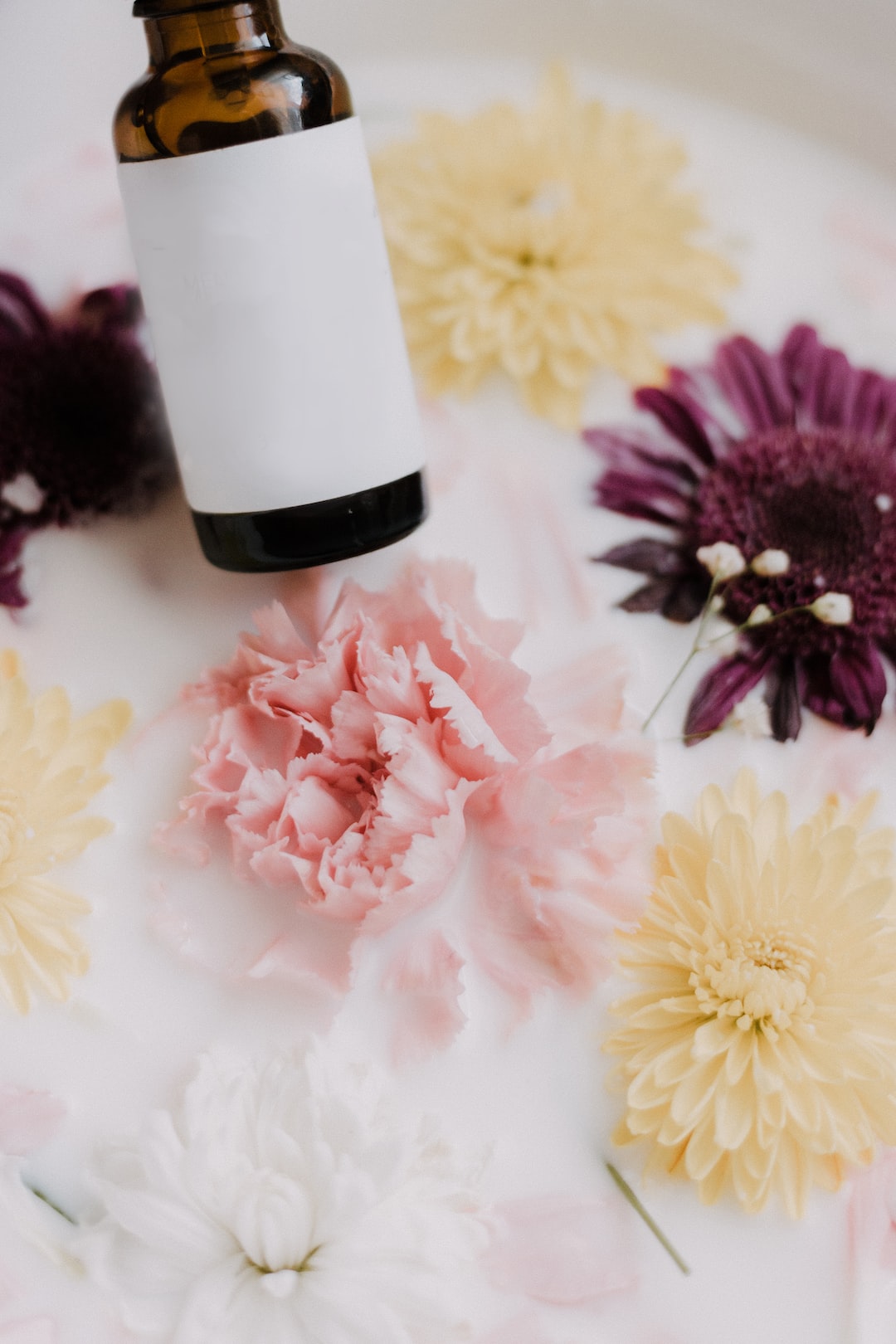Unveiling the Magic of Face Masks: From Clay to Peel-Off, which is Best for You?
Face masks have become a staple in our skincare routines, with their ability to deeply cleanse, nourish, and transform our skin. With an array of options available, it can be overwhelming to choose the right one. In this blog post, we will be exploring the two most popular types of face masks – clay masks and peel-off masks – to help you determine which is best suited for your skin type and concerns.
Clay masks have been used for centuries, dating back to ancient civilizations such as the Egyptians and Romans. They contain natural clay minerals, such as kaolin, bentonite, or French green clay, known for their absorbent properties. Clay masks work by drawing out impurities from the skin, unclogging pores, and reducing excess oil. They are particularly effective for those with oily or acne-prone skin.
One of the key benefits of clay masks is their ability to control sebum production. This can help reduce the appearance of blackheads and prevent breakouts. The absorbent nature of clay also makes it effective at removing excess oil, leaving the skin feeling fresh and matte. Moreover, clay masks can provide a gentle exfoliation, removing dead skin cells and promoting a brighter complexion.
Peel-off masks, on the other hand, have gained popularity in recent years due to their satisfying and somewhat addictive nature. These masks are typically gel-based and contain ingredients like charcoal, collagen, or elastin. The main appeal of peel-off masks is their ability to remove dead skin cells and unclog pores, leaving the skin smooth and radiant.
For those concerned with blackheads or rough texture, peel-off masks offer a unique solution. As the mask dries, it adheres to the skin, creating a gentle suction effect that helps extract impurities from the pores. When peeled off, these masks can remove dirt, debris, and dead skin cells, giving the skin a refreshed appearance. Additionally, peel-off masks can also improve the absorption of other skincare products, allowing for better penetration of serums and moisturizers.
The choice between clay masks and peel-off masks ultimately depends on your individual skin type and concerns. If you have oily or acne-prone skin with clogged pores, clay masks can be a fantastic option. They provide deep cleansing and purification, helping to balance oil production and prevent breakouts. On the other hand, if you’re dealing with blackheads, dullness, or rough texture, a peel-off mask can offer effective exfoliation and pore-clearing benefits.
It is important to note that not all clay or peel-off masks are created equal. Ingredients and formulations can vary greatly between brands, so it’s essential to read labels and choose products that are suitable for your specific needs. Additionally, always follow the instructions provided and avoid leaving masks on for longer than recommended to prevent any potential irritation or adverse effects.
In conclusion, both clay masks and peel-off masks have their own unique benefits and can greatly enhance your skincare routine. The magic lies in choosing the right product for your skin type and concerns. Whether you prefer the deep-cleansing properties of a clay mask or the exfoliating effects of a peel-off mask, incorporating these masks into your weekly routine can provide noticeable improvements in the appearance and health of your skin. So go ahead, indulge in a little self-care and unveil the magic of face masks!

